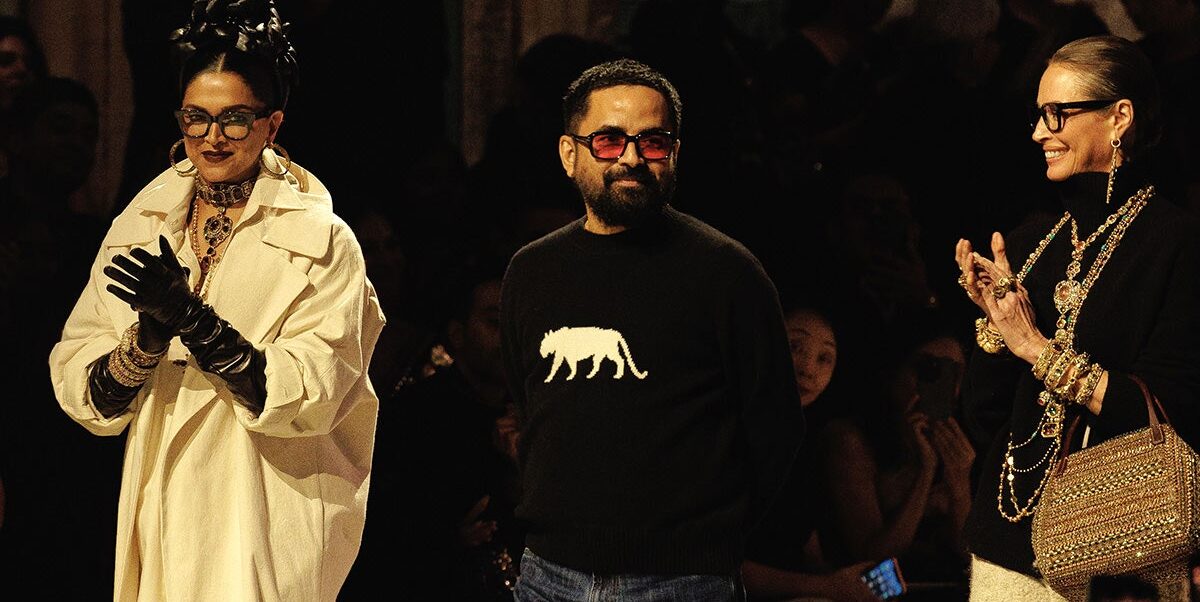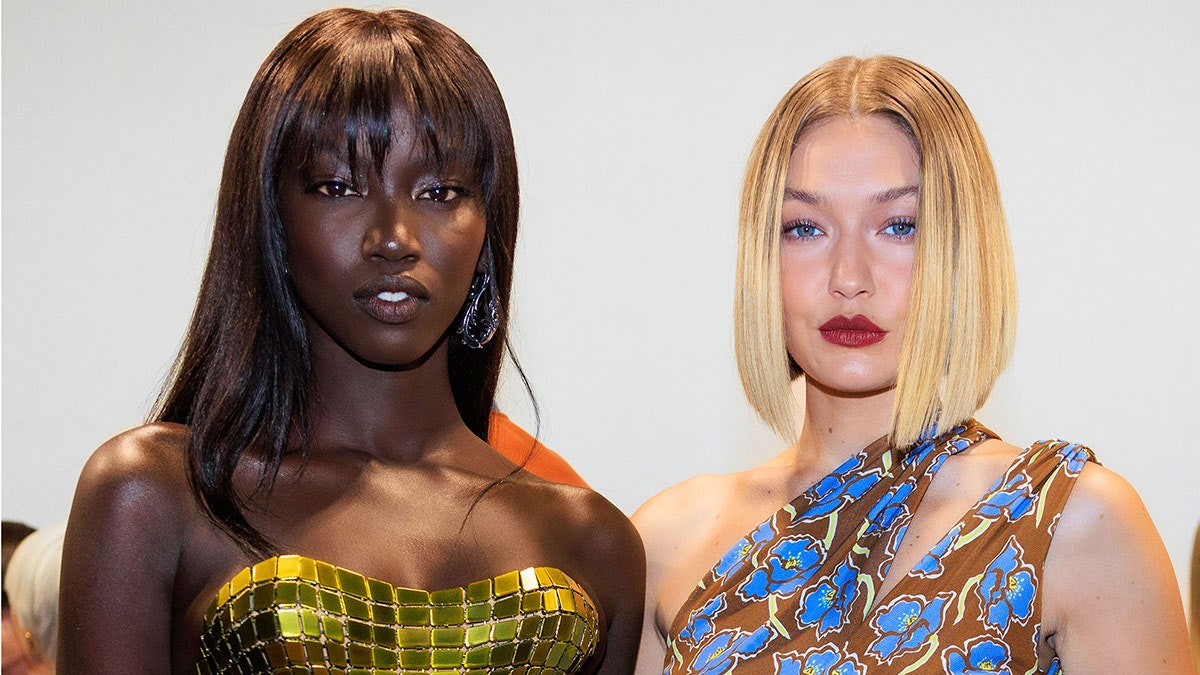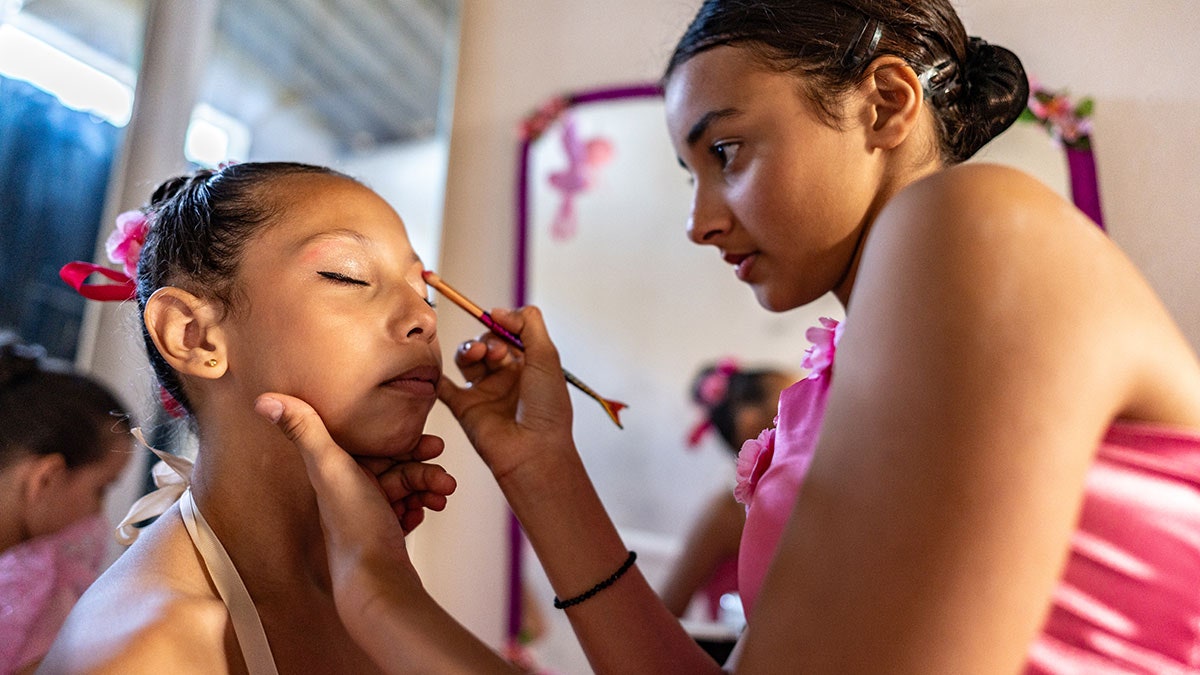Mukherjee put deep thought into every aspect of the 25th anniversary presentation, which was held on India’s Republic Day weekend and is rumoured to have cost around $7 million. “This is a 25-year celebration of the Sabyasachi school of thought, where I’m revisiting the ideals of past collections but modernising them for a new generation,” the designer tells Vogue Business. “It is not a retrospection but an introspection.”
“Sabyasachi’s impact on Indian fashion is unparalleled. His vision, his tenacity, his unwavering commitment to excellence… it’s all simply unmatched,” says the anonymous founder of Diet Sabya, India’s answer to the infamous @Diet_Prada. “He was the first Indian designer to harness the power of digital publishing, pioneering a social media storytelling format that’s since been copied by every brand under the sun. And he’s the only Indian luxury brand with a genuinely successful handbag and accessories range — touted as the cash cow segment among all international brands.”
Carving his own path
Mukherjee’s belief that India needs to have a global brand has always driven him, and in making that happen, he has carved his own path — including hosting the anniversary show in India, rather than as part of a global fashion week. “The idea is rather than going out to the world for global fashion weeks, to bring global buyers to India,” he says. “India is growing stronger every day, there’s so much happening here right now. We should collectively make an effort to change the status quo and tell a new story all our own.”
Sabyasachi joined the Milan Fashion Week schedule in 2004 before moving across to show in New York in 2006. His show also became the must-attend event at India Fashion Week between 2002 and 2015. But it has now been several years since Sabyasachi showed at any fashion week; instead, he often uses social media as a platform to debut collections.
“The fashion week format did not work for Sabyasachi anymore,” he explains of the move. “Brands were being homogenised because India Fashion Week rarely has off-sites [most shows are held at the same venue]. Secondly, collections mounted for the press became focused on celebrities, pleasing writers and stylists, creating items for the sake of news. Everything became editorial, and there was nothing commercial. I’m a businessman first, and I realised that in this entire fashion week ecosystem, the only person we were completely neglecting was the customer.”




